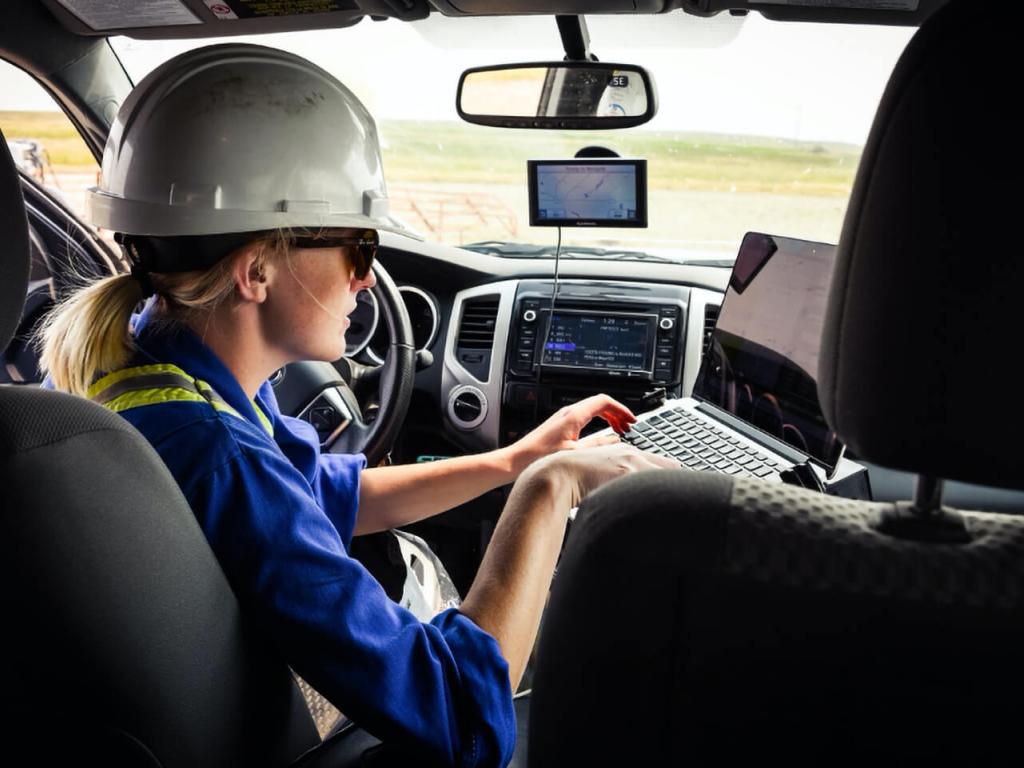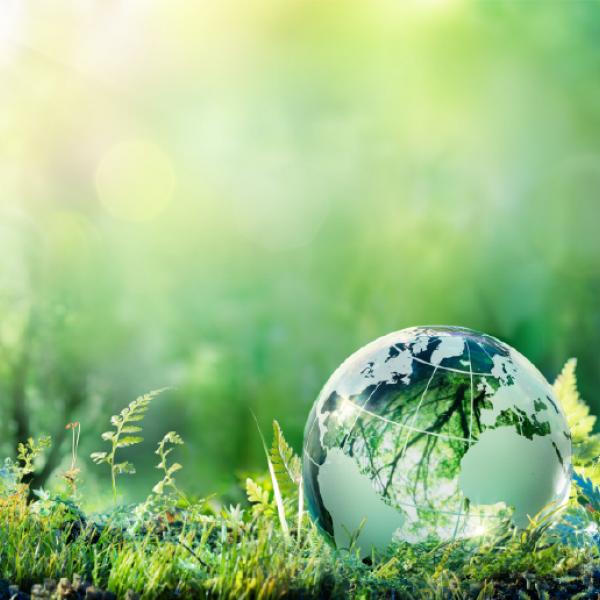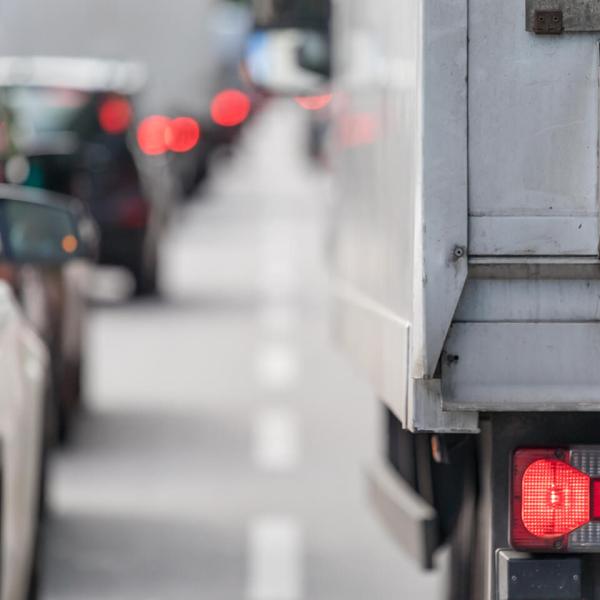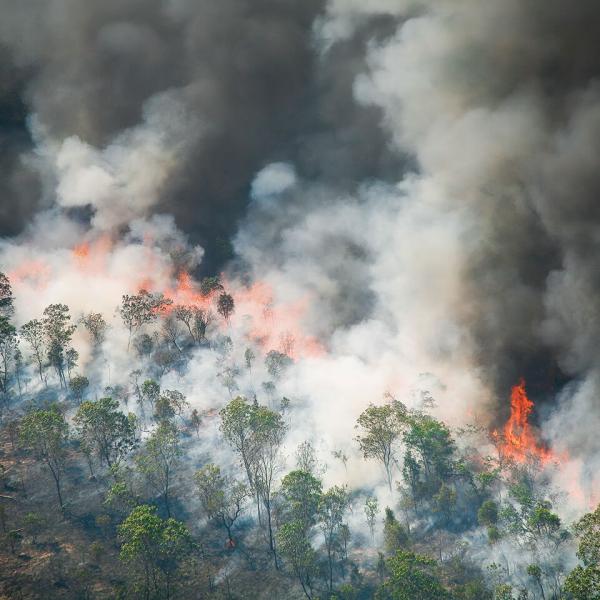For millennia, frozen Arctic soils have kept vast stores of methane locked away. Today, rising global temperatures are thawing the permafrost, releasing potent greenhouse gases (GHG). And that, in turn, contributes to further climate change.
Dave Risk, a researcher at St. Francis Xavier University in Antigonish, N.S., wanted to find out just how big the problem was. But for that, he needed a tool.
In 2008 and 2009, Risk and his colleague Lisa Kellman acquired two CFI-funded gas analyzers: highly sensitive benchtop machines worth $100,000 a piece. Risk transformed them into mobile units he could strap onto a truck or snowmobile, complete with batteries and power inverters to operate off-grid. The hack proved successful.
Since then, Risk and his team at the Flux Lab have used the equipment to collect crucial data across Canada’s North, as well as Alaska, Norway and Antarctica. And measuring permafrost emissions was just the beginning.

Monitoring the success of carbon storage
By 2010, they were fielding calls from oil and gas companies. The industry was eyeing carbon capture and storage as a way to reduce its GHG emissions. But would the carbon dioxide they stashed underground in those geological vaults stay put?
The Flux Lab’s technology could provide the answer.
Their analyzers work by firing infrared light through a gas sample and measuring how much gets absorbed. Because different gases absorb different wavelengths, the tool can distinguish between different types of emissions. It can even determine whether a particular gas comes from natural or industrial sources, thanks to small differences in isotopes.
“We can say, oh, that’s methane from a wetland or that’s methane from a farm, and then that's methane from an oil and gas facility,” Risk explains.
For example, when a Saskatchewan farmer attracted national attention in 2011 by claiming gases from a nearby carbon storage facility were bubbling up in his pond, Risk was able to determine the source was more likely fertilizer runoff from nearby corn fields. In the process, he cemented his reputation as an expert in emissions measurement.
Tracking leaks from oil and gas pipelines

That success paved the way for a multi-year project beginning in 2015 to measure another source of emissions in the oil and gas sector: stray gases leaking from pipelines.
The standard approach had been to place a bag over a valve, measure the amount of gas it collects, and then multiply the result by the number of valves across the network. It’s the same kind of extrapolation used to calculate GHG emissions from most industrial sources.
But that fails to account for faulty valves responsible for the bulk of emissions. “It’s the components that don’t work that are a real problem,” says Risk. “Usually about 80 percent of the emissions come from 10 or 20 percent of the components.”
The Flux Lab team loaded their mobile analyzers onto trucks and set off on a field study to collect huge numbers of samples. “We’ve been to about 15,000 oil and gas sites, or maybe 20,000,” Risk says. “A lot.” The results revealed emissions from leaks from wellsites were significantly higher than earlier estimates suggested.
Mapping methane from landfills
More recently, they have turned their attention to landfills — a major source of atmospheric methane. Like pipeline emissions, the data on landfill emissions were essentially guesstimates, and both Environment Canada and the U.S. Environmental Protection Agency are extremely hungry for new measurement methodologies, Risk explains. So in 2022, the federal government recruited the Flux Lab to undertake the first national study.
After hauling their equipment to 120 landfills across the country, Risk’s team concluded that emissions are in line, or maybe even lower, than suggested. That data — like their earlier oil and gas site data — is now being used to inform regulations, identify the easiest place to make reductions, and help operators achieve new emissions targets.
Mastering emissions monitoring
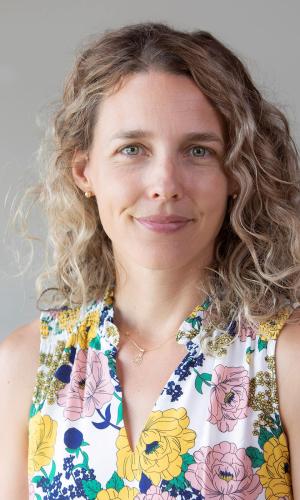
For Chelsie Hall, the Flux Lab’s research operations manager, the ability to provide accurate and unbiased data to government, industry and nongovernmental organizations alike has played a key role in the lab’s success. “One of the biggest things that we can contribute is being a trusted source of information,” she says.
The right team is also crucial. Today, Flux Lab boasts more than 30 members. Many of them are students, whose hands-on experience with environmental gas monitoring has made them hot commodities for would-be employers. “It’s hard for us to keep them to finish their degrees, to be honest,” says Hall. “There’s such a demand for this type of training and skill.”
Finally, she adds, none of their wins would have been possible without the right tools and research infrastructure in place — including the CFI-funded equipment. “It was a big stepping stone to be able to acquire those analyzers,” says Hall. “It was really pivotal in allowing us to accelerate.”
And thanks to their mobile solutions, Flux Lab researchers plan to continue raising the bar on emission monitoring — whether it’s by truck, drone, airplane, boat or the back of a snowmobile.
It was a big stepping stone to be able to acquire those analyzers … It was really pivotal in allowing us to accelerate.”
— Chelsie Hall, Research Operations Manager, Flux Lab


